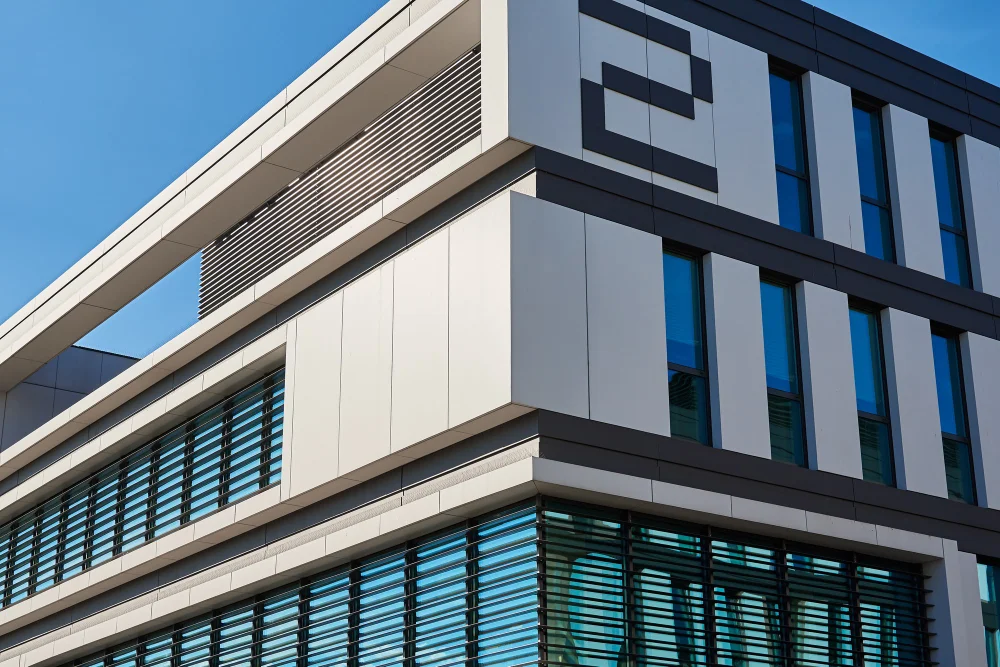Metabolomics facilitates examining cells’ metabolism in different settings and fields, like health and disease. Metabolomics analytical procedures like mass spectrometry (MS) facilitate the discovery of various metabolites. A mass spec bench enhances MS procedures by providing more space, flexibility, accessibility, and a quiet environment for mass spectrometry and research. Here is more information about metabolomics and how it uses mass spectrometry:
What Is Metabolomics?
Metabolomics is a scientific process that analyzes all chemical compositions of metabolites, including chemical fingerprint profiling, by examining small-molecule structures. Metabolites streamline the diagnosis of complex disorders and ailments. The diversity of metabolites can limit some analytical tools’ detection and identification abilities. Mass spectrometry equipment is more sensitive and can improve the identification and quantitation of metabolites.
There are three common approaches to metabolomics: untargeted, targeted, and lipidomics. Untargeted metabolomics evaluates and compares metabolites between datasets. It can assist researchers in understanding cellular metabolism. It can also be used to identify new treatment targets by locating altered metabolic pathways in illnesses. Targeted metabolomics is suitable for focused studies on identified metabolites. Preliminary targeted profiling is suited to high-resolution accurate mass approaches because of the minimal technique change. Lipidomics is a developing metabolomics subgroup that quantifies lipid mediators to analyze cellular pathways, functions, or disorders.
What Is Mass Spectrometry?
Mass spectrometry is a research method that gauges particles’ mass-to-charge ratio (m/z) to detect and calculate molecules. It uses mass spectrometers to help identify unknown compounds’ molecular weight, measure known compounds, and identify molecular structure and characteristics. MS is accurate, has high quantitative properties, and offers extensive data, improving researchers’ understanding of cellular and biological processes in metabolites. Mass spectrometers have the following components: an ion source, a mass analyzer, and an ion detection system.
In the ion source, a molecule is changed into a gas-phase ion to be transferred and altered by external electric and magnetic forces. Nanoelectrospray ionization generates charged ions based on the experiment’s needs. It connects a small chromatography column to the mass spectrometer’s inlet. The charged or ionized ions are organized and divided in the mass analyzer depending on their mass-to-charge ratios. The process requires the mass analyzer and ion detection system to operate together. Mass analyzers vary depending on working speed, separation power, and other functional needs.
The ion detection system analyzes and transfers the separated ions to the data systems where the mass-to-charge ratios are stored. Mass spectrometers are linked to processors with built-in programs that measure the ion detection system data and generate mass spectra that sort the detected ions by their mass-to-charge ratios and relative abundance. Scientists can use the data and compare the ions with available samples and data to determine their molecular composition by their m/z values.
Using a Mass Spec Bench For Mass Spectrometry
A mobile or customizable mass spec bench can help scientists and researchers to conduct their research more efficiently. These specialized benches can provide more space, accessibility, and noise-suppressing features for a quiet and streamlined environment for mass spectrometry. You can customize mass-spec benches to the needs of a research team and their various project workflows. This helps teams maximize the efficiency of their experiments to achieve better research outcomes.
How Metabolomics Uses Mass Spectrometry
In metabolomics, complete scan data from mass spectrometry systems helps in profiling and searching for metabolite identities. They place an ionized specimen into the mass spectrometer and then accelerate, measure, and examine it. Ions are separated and reviewed using mass spectrometry equipment to obtain a mass spectrum of the ion fragments.
Striking ions with inert gas or intense energy collision dissociation will fragment the ions. The fragments are then sorted by mass-to-ratio values in a second mass spectrometry phase, performing tandem mass spectrometry to gather more information. Some tools use a single mass analyzer for the two mass spectrometry phases, while others use several analyzers. Advanced mass spectrometry equipment can facilitate multiple consecutive sessions to further analyze the data with ion fragment tree data and clarify the sample structure. Mass spectrometry boosts certainty in metabolite identification when exploring mass spectrum data.
Consider Purchasing a Mass Spec Bench for Your Lab
Metabolomics is the process of understanding metabolite composition, which helps detect diseases and test food and crops. Mass spectrometry offers high accuracy and quantitation properties, streamlining metabolomics procedures. A mass spec bench can enhance mass spectrometry processes and research, providing more room, flexibility, accessibility, and noise reduction. Explore the features of mass spec benches today to learn more about how they can increase the efficiency of your research.


















